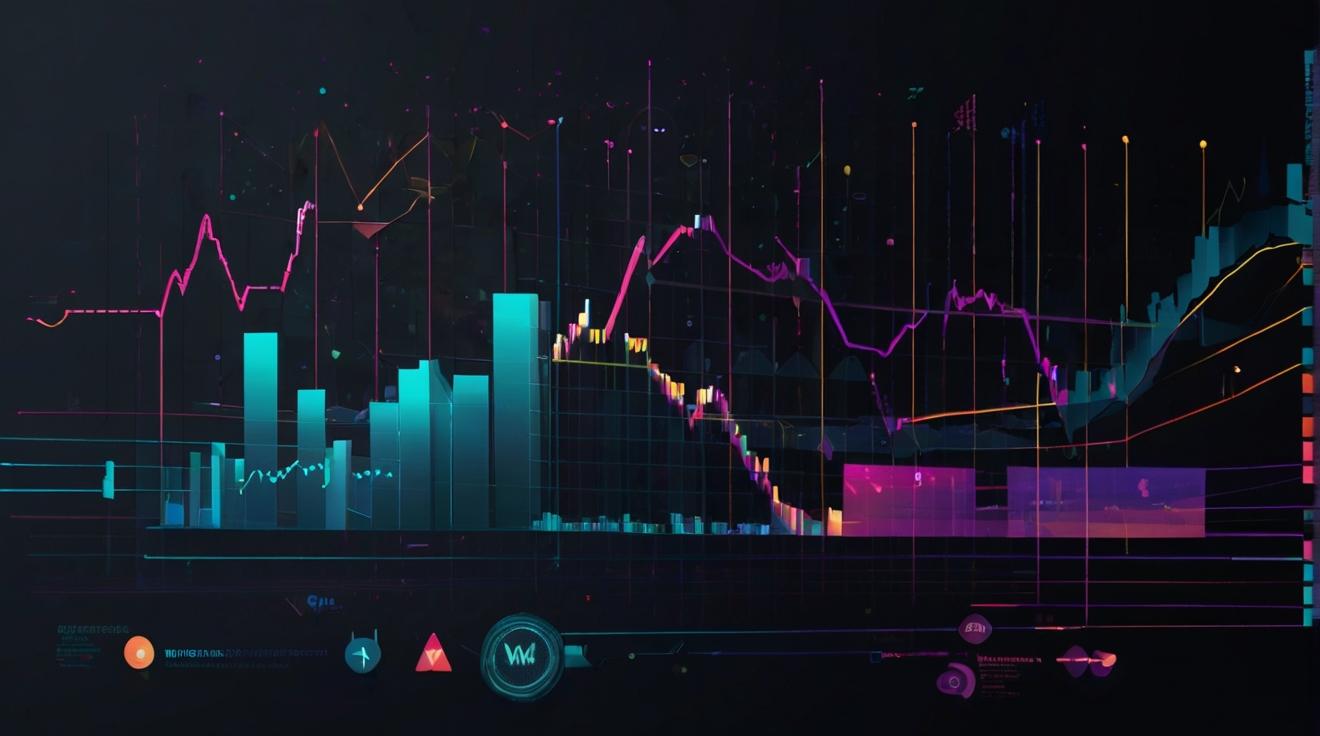Tariff Exemptions Preserve Vinyl Affordability
Vinyl records, CDs, and cassettes were notably excluded from the Trump administration’s late-August rollback of the “de minimis” exemption, which had previously allowed shipments valued under $800 to enter the U.S. duty-free. This exemption, aimed at streamlining customs and lowering costs for consumers and small retailers, would have otherwise subjected these physical music formats to tariffs. The preservation of this exemption is attributed to a Cold War-era provision known as the Berman Amendment to the International Emergency Economic Powers Act. This amendment restricts presidential authority to regulate the import of “informational materials,” encompassing physical music, books, and artwork.
“If vinyl had gotten tariffed, you could have possibly seen the price of a record going up to $40 and $50,” said Ralph Jaccodine, professor at Berklee College of Music. “So, this is welcome news for people buying physical music.”
Vinyl Sales Surge Amid Nostalgia and Gen Z Enthusiasm
Vinyl has experienced a remarkable resurgence over the past decade, accelerated by the pandemic and driven largely by younger consumers seeking tangible music experiences. According to the Recording Industry Association of America, vinyl currently accounts for nearly 75% of all U.S. physical music revenue, marking a 20% increase since 2020. Ryan Mitrovich, general manager of the Vinyl Alliance, emphasized the significance of the tariff exemption for sustaining this growth, while also acknowledging ongoing trade uncertainties.
“It is very encouraging and a bit of a relief that physical music formats have been classified as exempt to tariffs,” Mitrovich said. “However, we’re not really taking anything for granted here with the chaotic climate around trade disruptions.”
Taylor Swift’s Releases Propel Industry Revenue
Taylor Swift’s influence on physical sales is profound. Her previous album, “The Tortured Poets Department,” sold 3.49 million copies (physical and digital), contributing to a 9.6% revenue increase for Universal Music Group (UMG) in Q2 2024. Physical revenue, including vinyl, surged 14.4% during that quarter. UMG’s revenue dipped slightly in the absence of a Swift release earlier this year, with physical revenue declining 12.4%, causing a 24% share drop post-earnings. However, Billboard projects Swift’s new album “The Life of a Showgirl” could surpass 1 million vinyl sales in its first week, shattering previous records.
“Taylor Swift has unique ability to drive the market through her decisions of what and how to release music,” Jaccodine said. “Swift’s release can and will likely cause a boom in the music business.”
U.S. Vinyl Manufacturers Advocate for Tariffs to Boost Domestic Production
Not all stakeholders welcome the tariff exemption. Some American vinyl manufacturers argue that tariffs could stimulate domestic production and create jobs. Alex Cushing, president of Hand Drawn Records, supports tariffs as a means to grow U.S. manufacturing employment. Most vinyl production occurs overseas, with the largest manufacturer, GZ Media, based in the Czech Republic. GZ Media’s CEO Michal Štěrba emphasizes the company’s efforts to localize production close to customers, including facilities in Tennessee.
“By keeping tariff costs out of the supply chain, consumers benefit through better pricing,” Štěrba stated. “Ultimately, it’s usually the customer who has to pay a higher price if tariffs are applied.”
While U.S. manufacturers like Hand Drawn Records cannot currently meet demand for mega-releases like Swift’s, tariffs could benefit smaller artists by encouraging more regional production and reducing shipping and inventory costs.
Physical Music Sales Remain More Lucrative for Artists Than Streaming
Streaming royalties typically yield $0.003 to $0.005 per play, whereas physical sales offer artists between 10% and 25% royalties. This discrepancy makes merchandise sales, including vinyl, a vital income source for musicians.
“Unless you are just a handful of musicians, you basically are not making enough money from streaming to sustain,” Jaccodine said. “For artists large and small, merchandise like records, CDs, cassettes, hats, hoodies and ticket sales are the bread and butter.”
Swift’s Eras Tour grossed over $2 billion from ticket sales and generated between $200 million and $400 million from streaming, exemplifying the scale of diversified artist revenue.
Gen Z Driving Vinyl’s Resurgence Amid Digital Fatigue
Gen Z consumers are key drivers of vinyl’s comeback. Nearly 60% of 18- to 24-year-olds in a UK survey reported listening to physical music, the highest among demographic groups. Collectible vinyl variants with unique covers and colored discs have fueled demand. Social media platforms like TikTok amplify “vinyl haul” videos, creating a culture of collecting and FOMO (fear of missing out). Fans like Tayra McDaniels describe their purchases as an “addiction” driven by the desire to own exclusive editions.
“Vinyl is counter to all the ease of modern music listening and that’s why people want it,” said Alex Cushing. “So many groups are on their screens paying fees to have access to content but do not ever actually own anything, so this gives them physical ownership.”
FinOracleAI — Market View
The exemption of vinyl records and other physical music formats from tariffs under the Berman Amendment significantly supports the sustained growth of physical music sales. Taylor Swift’s anticipated record-breaking vinyl release exemplifies the commercial impact of this market segment, buoyed by Gen Z’s nostalgic and collectible-driven consumption.
- Opportunities: Continued vinyl sales growth, increased artist revenue from physical formats, expansion of collectible editions, potential for U.S. manufacturing growth if tariffs are reconsidered.
- Risks: Trade policy volatility, supply chain disruptions, capacity constraints in U.S. manufacturing, potential price increases if tariffs are imposed in the future.
Impact: The tariff exemption preserves affordability for consumers and supports the vinyl market’s expansion, benefiting artists, labels, and retailers. However, tensions remain between fostering domestic manufacturing and maintaining low consumer prices.













